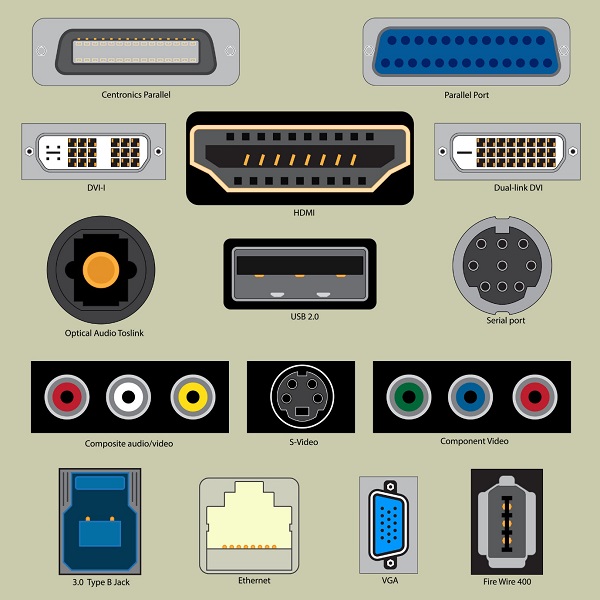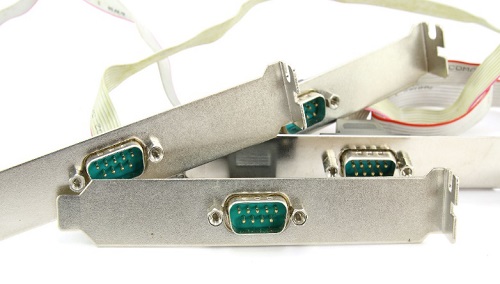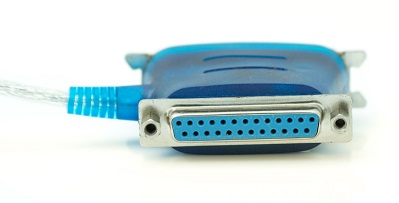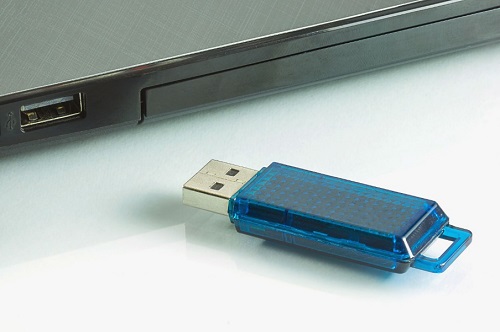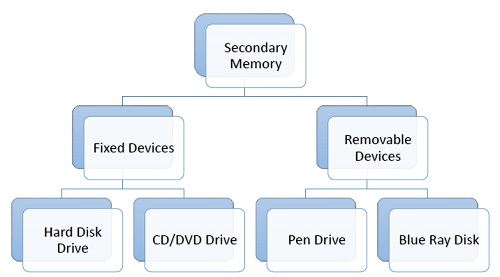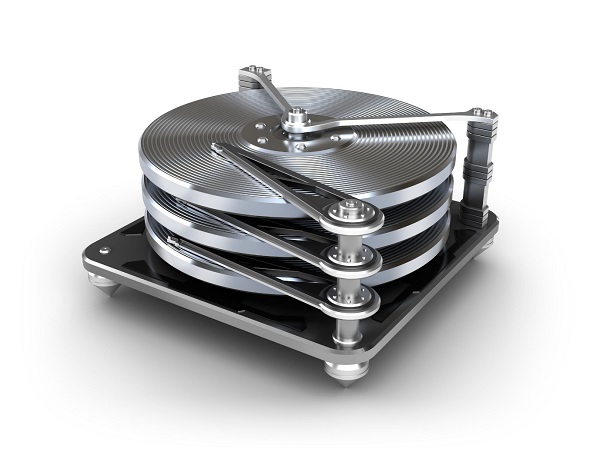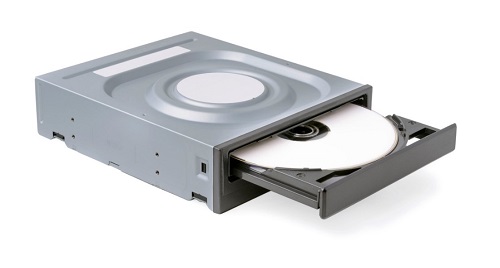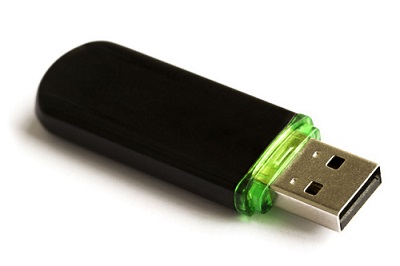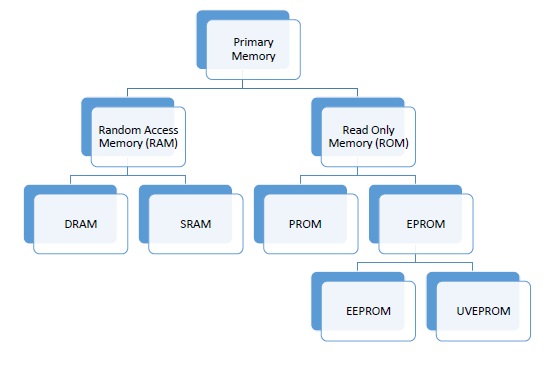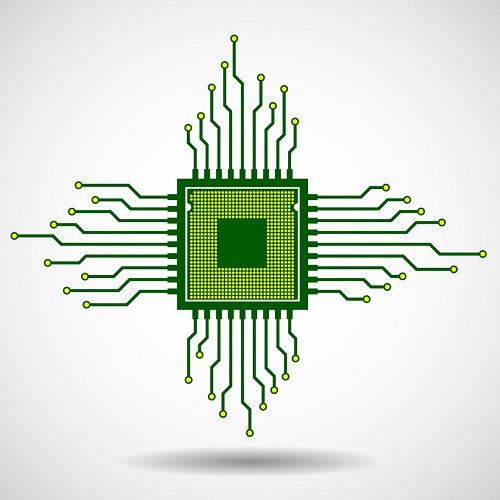In today’s world, for almost every activity whether personal (for example, operating personal savings bank account) or business-related (for example, selling any product or services); in some or the other way, we rely on the computer system.
Due to the growing dependency on computers, every small and big organizations and other business companies have started offering computer-based service. Furthermore, the advancement of communications, electronic service networks, and multimedia have opened a new door for corporates by providing an effective way of business processing, payment transfer, and service delivery.
Advantages of Computers in Business
Following are the major advantages of introducing computer system in business −
Independency
As computers help in making the business automated, the businesses are becoming more and more independent. No more, there is the need to put man-power for every work, as with the help of computer most of the works can be automated. Starting from ticket booking to a luxury car manufacturing, everything is automated.
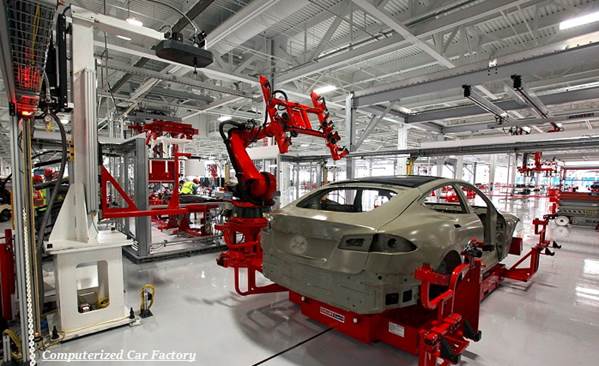
Cost Cutting
A number of business are based online in recent times; therefore, there is no need to open business branch in every city, rather having one centralized inventory can make the business easier. There is no need to employ many man-power.
Marketing
With the use of computer system with Internet facility, it is very simple to make a business global in a given period of time. Website, email, social media websites, online advertisements, etc. are the important tools of online marketing.

Huge Transaction Capacity
A number of tasks are being done by computer including ticket booking to money transactions; this increases the transaction capacity.
Huge Storage Capacity
Normally, most of the businesses need to store and maintain huge data and other records; manually, it is very difficult to maintain, but the use of computer not only increases the storage capacity, but also facilitates the processing and retrieval of data anytime.
Improvement of Productivity & Efficiency
As most of the tasks in almost every industry has become automated, it has now become much easier to manufacture a huge bulk of products in very less time. Through computer technology, services also became faster and easier.
High Accuracy
There is hardly any scope of errors in an automated system; however, if any error occurs, it is largely a human error.
Ease of Data Sharing
Data sharing has now become very simple just the way it is simple to link one computer system to another.
Competition
The applicability of computer technology has increased competition; now, the customers can avail support 24x7.
Enhanced the Security System
Computer also helps keep the data of businesses secure. However, this security can face threats too. For instance, if someone hacks the system or there is a virus attack, it can have the potential to damage all the data that is secured.


